While I pointed out the P&O archive a while back, I also said that I wanted to come back to it. And there’s one very good reason for doing so; his name is Richard Beck.
The handful of posters that he produced for P&O are that rare thing, home-grown British modernism. And it looks first class.
Beck seems mainly to have been active in the late 1930s. All these three posters for the Orient Line apparently date from 1937.
At about the same time, he was also working for London Transport – these two panel posters were designed in 1935.
But even before the start of World War Two, Beck seems to disappear from the record for a while. He next pops up as the designer of this.
For a change, though, it’s possible to account for all of this, because there are a couple of decent biographies of him out there on the web – the best here.
To start with, his early work looks as European as it does, because he studied at the Blocherer School in Munich, so was far more exposed to European modernism than the average British designer. Hence his uber-modernist designs for London Transport, like this leaflet.
Secondly, he then disappears because he went to the other side of the world. In 1939, he went to New Zealand as design consultant for the British Pavilion at the Wellington Centennial Exhibition. And he never came back; instead he migrated to Australia, serving in the Australian Imperial Force during World War Two and then setting up a design consultancy in Melbourne when the war was over.
He did very well, too, designing not only for the Olympics (the mural above still exists in Melbourne, although it was apparently once much brighter) but also for a whole range of clients and companies, including stamps for Australia Post and the new decimal currency. And Australian wine too.
Beck did well for himself. But one of the reasons I find his story so interesting is that he wasn’t the only one. Just as British design after the war was revitalised by an influx of European designers, it seems that Australian design was also very much shaped by immigrants. Pieter Huveneers designed for at least as many Australian institutions as Richard Beck. Did the world of British graphic design seem too closed and old-fashioned for these designers, or was the appeal of a new sunshine life simply so appealing after the rigours and horrors of World War Two? We may never know. But if there’s an Australian Crownfolio reading this who has some of the answers, I’d love to hear from you.
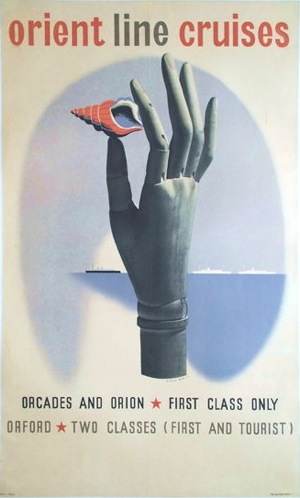
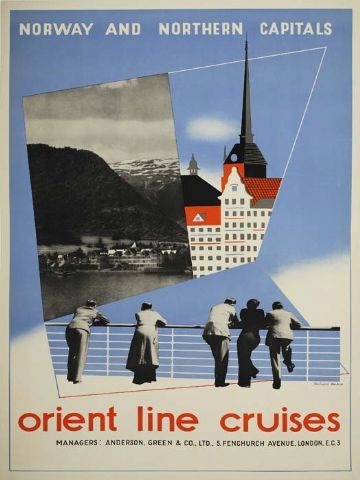
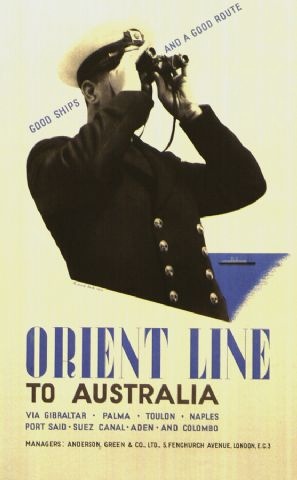
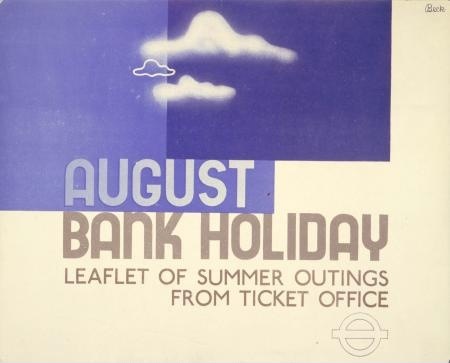
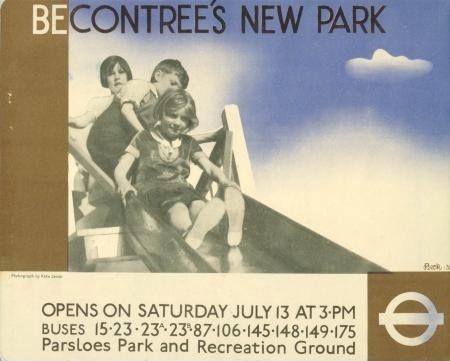
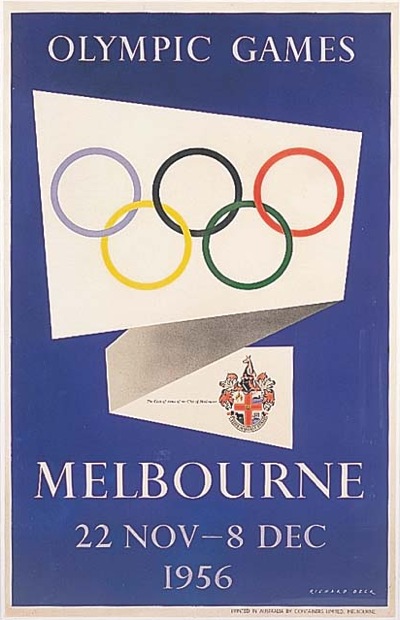
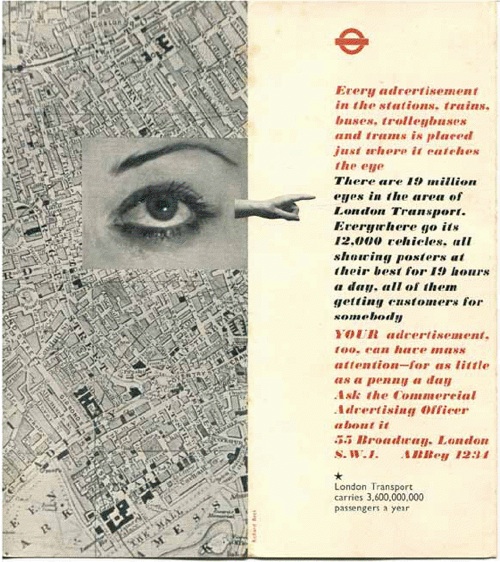
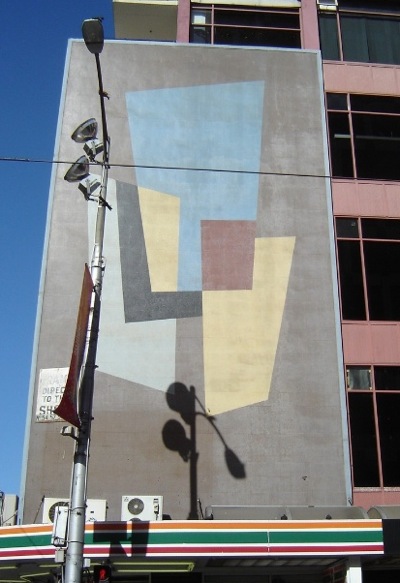
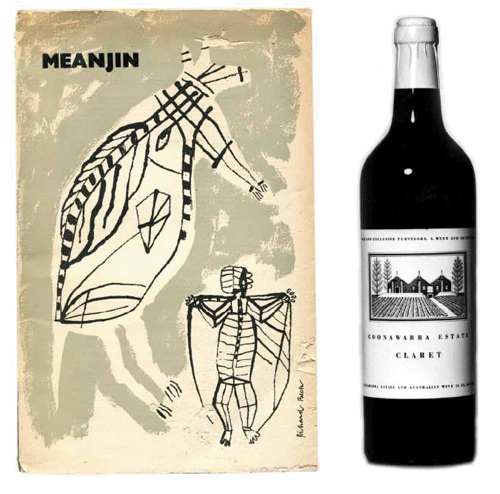
Great stuff (as usual!) – and by an odd coincidence today I posted on Flickr this by Beck
http://www.flickr.com/photos/36844288@N00/5571460497/
that had taken my fancy.
That’s good too – it’s interesting, I read a comment about his work saying how his free drawing was reminiscent of Cocteau, and I can see that there, which wasn’t true of anything else I found.
And while I’m here, I bow down to the unbelievable torrent of wonder that is your photostream. The Havinden menu is rather fine too, and the Bawden Chestnut Sunday… Are you planning to build a museum for it all?
It is a rather enjoyable illustration – and as for thanks, well thank you for the lovely message and I’m glad you find various postings of such interest. My thanks back for your wonderful blog. As for the ‘museum annex’, erm, we’re not sure how it all fits in a one bedroom flat!
Nor am I…